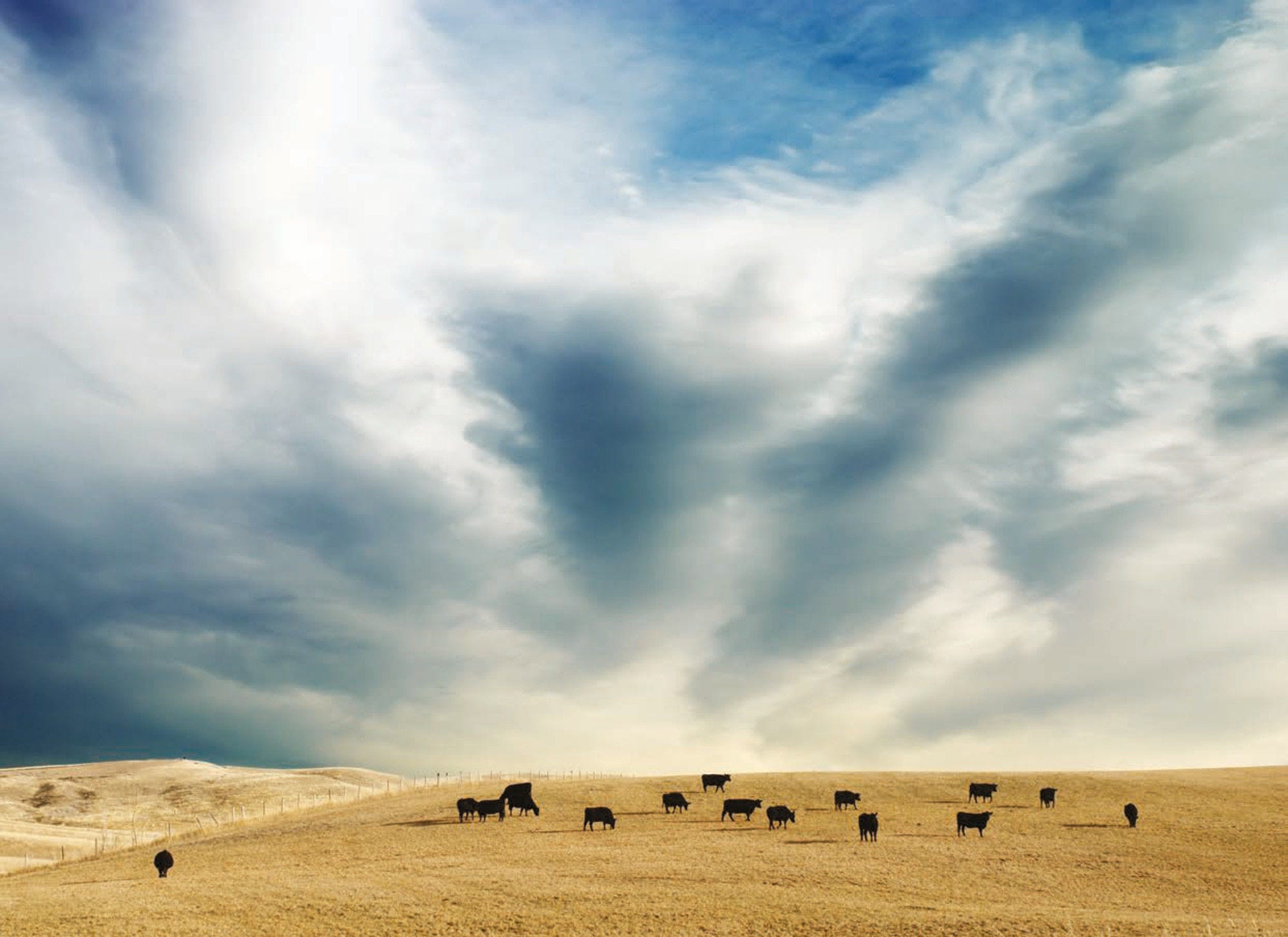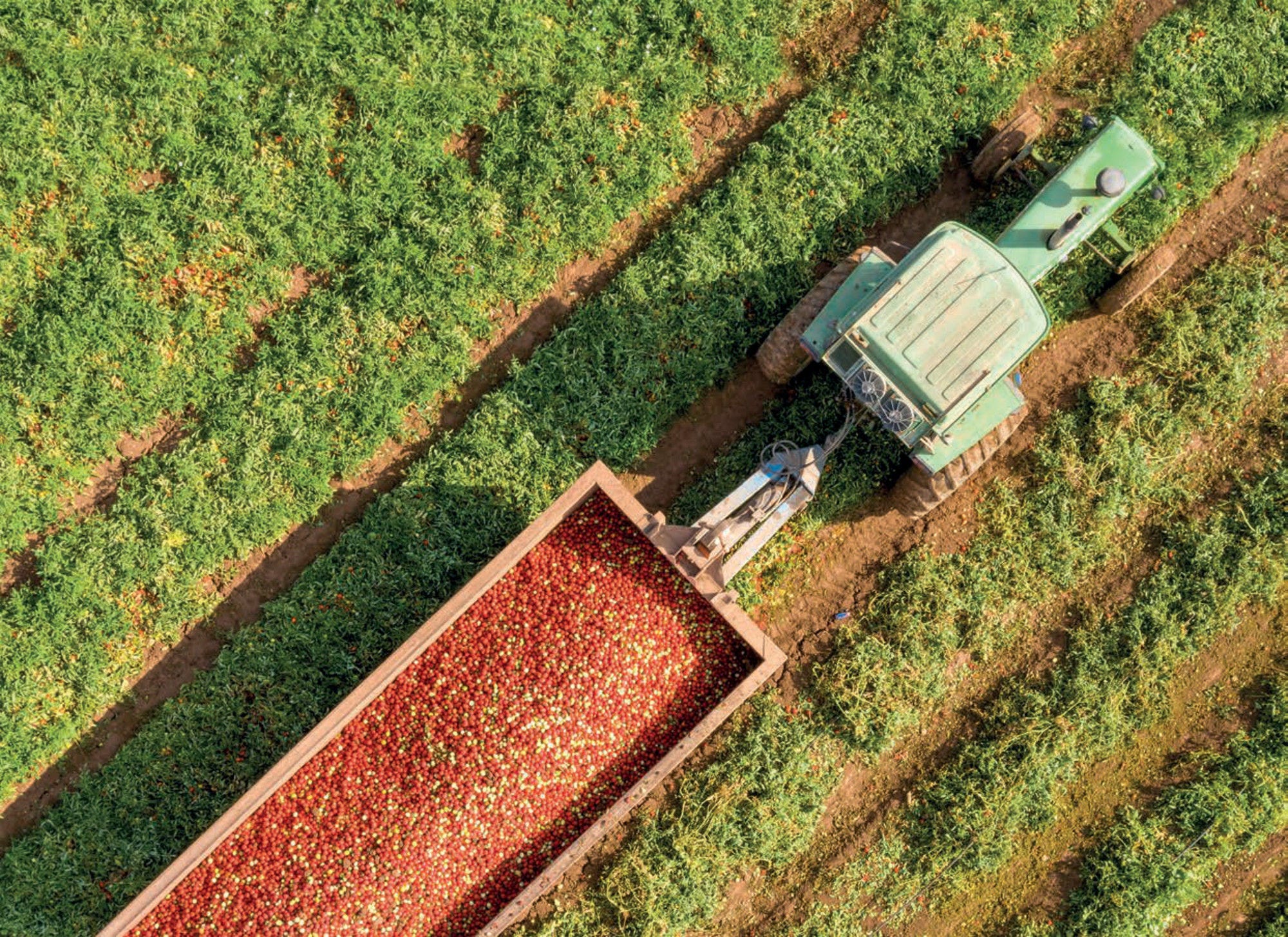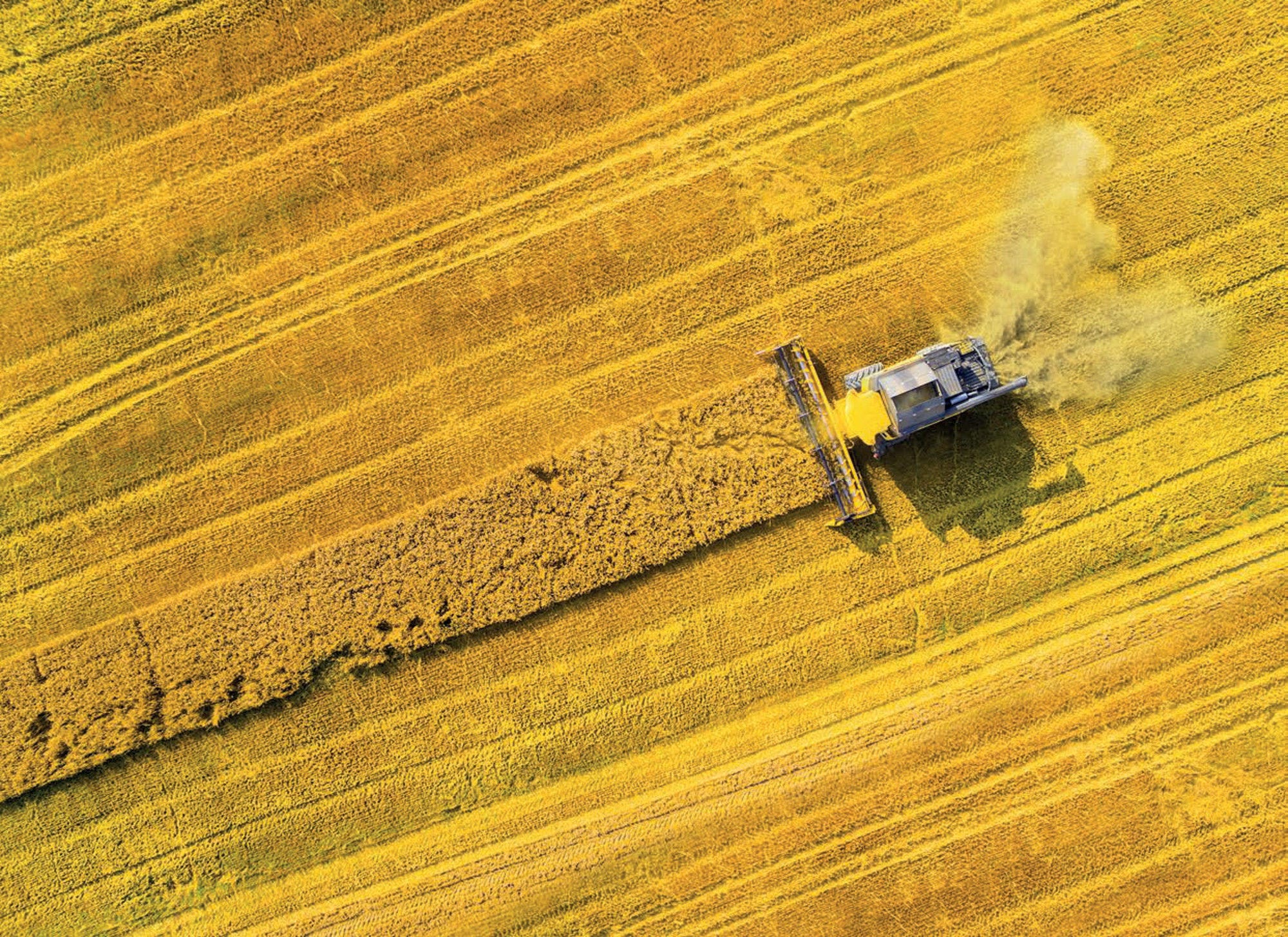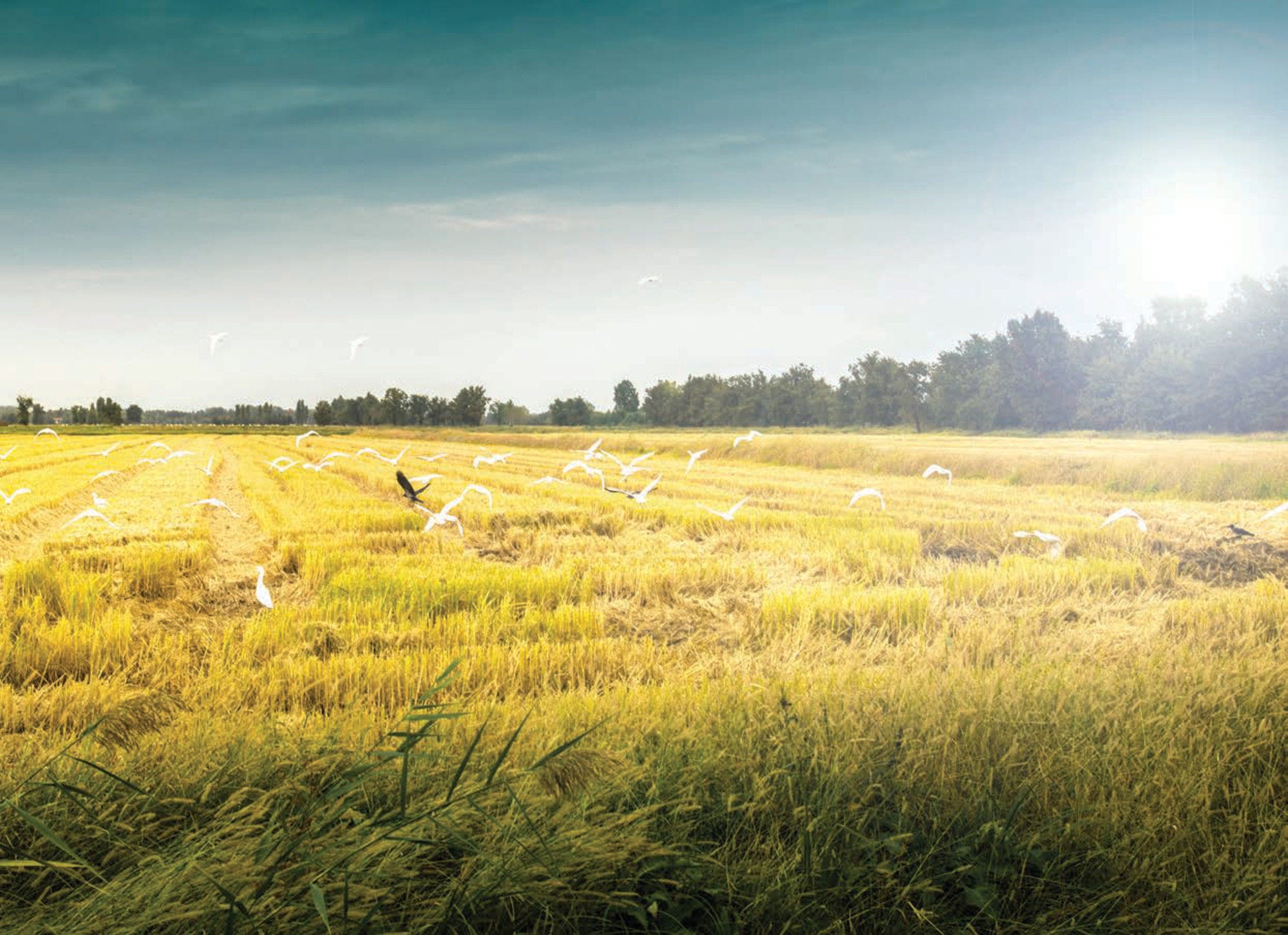This annual report monitors and evaluates agricultural policies in 54 countries, including the 38 OECD countries, the five non-OECD EU Member States, and 11 emerging economies. It finds that the continued rise in agricultural support has been slower than sector growth in recent years, but has been driven to record highs mainly by temporary factors. The share of general services to the sector (including innovation and infrastructure) in total support provided to the sector has decreased to 13%. This year’s report focuses on the potential for agriculture and agricultural policies to contribute to climate change mitigation. It argues that short-term agricultural policy responses to global crises must simultaneously address current challenges and support reforms to combat climate change and distortions in international markets.
Agricultural Policy Monitoring and Evaluation 2022

Abstract
Executive Summary
Short-term agricultural policy responses to global crises must simultaneously address current challenges and support reforms to combat climate change and distortions in international markets.
Continued rise in agricultural support slower than sector growth, but driven to record highs mainly by temporary factors
Copy link to Continued rise in agricultural support slower than sector growth, but driven to record highs mainly by temporary factorsTotal support towards the agricultural sector reached USD 817 billion per year over 2019-21 for the 54 countries covered by this report, a 13% increase over the USD 720 billion reported for 2018-20. Of this total, USD 500 billion per year was paid from public budgets, with the rest being transferred through higher prices. This increase is partly driven by factors that may prove to be temporary, including support to both consumers and producers in the context of the COVID-19 pandemic and increases in market price support related to rebuilding herds following African Swine Fever.
At USD 817 billion per year in 2019-21, total support has increased 2.4-fold from 2000-02 in nominal terms, which compares to a 3.3-fold growth in the value of agricultural production. This total is concentrated in a few large economies. Among OECD countries, support has remained substantial, averaging USD 346 billion per year over 2019-21. The European Union and the United States, both large agricultural producers, jointly account for two thirds of this total. Agricultural policy reforms in OECD countries have stalled in the past decade, and in some cases, have even been rolled back. At the same time, support in the 11 emerging economies covered in this report has increased significantly, reaching USD 464 billion per year in 2019‑21, with the People’s Republic of China (hereafter “China”) alone accounting for about 60% of this total.
Individual producers received USD 611 billion per year in positive support in 2019-21, representing 17% of gross farm receipts in OECD countries and 13% in the 11 emerging economies. Of this support to producers, more than half, or USD 317 billion per year, took the form of support through higher market prices paid by consumers, while the remaining USD 293 billion was paid by taxpayers through budgetary transfers.
In a small number of countries, policies also suppress prices for some or all commodities, generating a transfer of USD 117 billion away from agricultural producers. As a consequence, net support to producers (the Producer Support Estimate, or PSE) averaged USD 494 billion per year in 2019-21, or 12% of gross farm receipts across the 54 countries covered in the report.
The share of general services to the sector (including innovation and infrastructure) has decreased to 13%
Copy link to The share of general services to the sector (including innovation and infrastructure) has decreased to 13%In contrast, general services for the sector (GSSE) again represented a relatively small share of support, at little more than one in eight dollars of the total transferred to the sector (or USD 106 billion per year). Most of this amount, USD 80 billion per year, was spent on public investments in agricultural innovation systems, biosecurity services and off-farm infrastructure. Moreover, despite the importance of these investments for climate change and food systems goals, they have been falling relative to the size of the sector for most of the past two decades. Overall, support to general services accounted for 13% of total transfers to the sector in 2019-21, down from 16% two decades earlier.
Subsidies to consumers (such as food assistance programmes) accounted for USD 100 billion per year over 2019-21, representing 2.8% of consumer expenditures at the farm gate. While consumers in some countries also benefitted from the suppressed prices, on average this was not sufficient to offset the higher prices faced by consumers in other countries.
The Russian invasion of Ukraine is already having major impacts on food, feed and fertiliser markets
Copy link to The Russian invasion of Ukraine is already having major impacts on food, feed and fertiliser marketsThe Russian large-scale aggression against Ukraine is having major impacts on markets for food, feed, fertilisers and energy. While overall availability remains sufficient at this stage, challenges are already arising from higher prices for these commodities. However, as the impacts of the Russian invasion continue, supply pressures may also increase. Policymakers will need to remain vigilant regarding the impacts on poor countries and consumers.
Several countries are implementing policies to alleviate emerging pressures on their producers and consumers. While some measures, such as reducing import restrictions, facilitate food supply, others may be counter-productive. Export restrictions add to global price and supply pressures and should be avoided or dismantled rapidly. Relaxing environmental restrictions to boost domestic production may also have pro-cyclical effects, and come at the cost of reducing sustainability.
Agriculture must reduce its emissions while simultaneously adapting to climate change
Copy link to Agriculture must reduce its emissions while simultaneously adapting to climate changeIn addition to current short-term crises, which triggered significant policy responses, agriculture faces a large and longer-lasting shock that has major implications for policies in the sector. Climate change is a uniquely complex challenge for agriculture: while particularly vulnerable to its effects, the sector is also a major source of global greenhouse gas (GHG) emissions. There are ample opportunities for agriculture to reduce these emissions. Moreover, agriculture is one of the few sectors able to contribute positively to combatting climate change by removing carbon from the atmosphere and sequestering it in soils and biomass.
There are also particular challenges in tackling GHG emissions in agriculture, given both the extent of policy intervention and the sector’s importance for a range of social goals. There are important questions about the extent to which existing policies help or hinder efforts to mitigate climate change, and about what more could be done. Climate goals also need to be achieved in parallel with other aspects of the triple challenge facing food systems: providing adequate, affordable, safe and nutritious food for a growing global population; providing livelihoods all along the food value chain; and doing so while increasing the environmental sustainability of the sector.
Agriculture contributes to emissions both directly, through on-farm emissions linked to production which are important sources of non-CO2 gases, notably methane and nitrous oxide, and indirectly, through land use change due to agricultural expansion (land use, land use change and forestry, or LULUCF). Overall, agriculture, forestry and other land use (AFOLU) represents around one-fifth (22%) of anthropogenic GHG emissions. Half of this stems from CO2 emissions resulting from LULUCF, the other half stems from on-farm emissions of methane and nitrous oxide which have a significantly higher warming potential than CO2, and in the case of methane, a much stronger impact on the short term.
Direct GHG emissions from agriculture vary across countries due to differences in agricultural land area, size of the agricultural sector, mix of commodities produced, and production methods. Across all 54 countries, livestock account for two-thirds of direct emissions from agriculture, through enteric fermentation, manure management and manure left on pasture. Rice cultivation is also a significant source of methane, and is responsible for 11% of direct agricultural emissions across all 54 countries. The rest of direct emissions – about one-fifth – come from N2O emissions due to fertiliser applied to agricultural soils. Across all these areas, there is a wide variation among countries.
Countries can mitigate GHG emissions from agriculture through supply or demand side approaches. On the supply side, they can: (i) reduce direct on-farm emissions from agricultural production (e.g. by increasing productivity and the efficiency in input use through better technology and management, as well as specific technical options reducing agricultural emissions); (ii) reduce indirect emissions from land use change and increase carbon stocks in agricultural soils (by reducing the expansion of agricultural land, including through advances in productivity, restoring degraded agricultural lands, increasing soil carbon sequestration on cropland and grassland, and afforestation); and (iii) reduce emissions from food losses, by limiting losses in the field and post-harvest losses on the farm. On the demand side, they can focus on shifting consumer demand through changes in dietary preferences, encouraging consumption of products with lower emission intensities, and reducing household food waste.
The 54 countries covered in this report contribute about two-thirds of total global agricultural GHG emissions, of which 16 have set some form of mitigation target for their agricultural sector
Copy link to The 54 countries covered in this report contribute about two-thirds of total global agricultural GHG emissions, of which 16 have set some form of mitigation target for their agricultural sectorThe 54 countries covered in this report contribute about two-thirds of total global agricultural GHG emissions. While economy-wide emissions reduction targets generally cover agriculture as well, agriculture-specific targets can be helpful for focusing mitigation efforts and for measuring progress. That said, only 16 of the 54 countries have set some form of mitigation target for their agricultural sector, and there is significant scope to intensify and accelerate emissions reduction in the sector.
In many countries covered by this report, agricultural mitigation policies focus on innovation-led productivity growth and improved production methods to reduce the emissions intensity of agriculture. While these provide significant opportunities, they are likely not sufficient to achieve the overall emission reductions required. In contrast, use of direct incentives for reducing agricultural emissions, either through carbon pricing or equivalent regulatory measures, remains limited, even where pricing schemes have been developed for other sectors.
Additionally, existing support policies can also contribute to increasing agricultural emissions. Significant levels of support continue to be provided to high-emission commodities, such as beef and veal, sheep meat, and rice, representing between 8% and 15% of those commodities’ gross receipts. Most producer support also continues to be provided through measures that have the greatest potential to harm the environment, including through higher GHG emissions. Indeed, the slowdown in agricultural policy reforms across the OECD has been associated with weaker progress in improving environmental outcomes.
There are both synergies and trade-offs between climate mitigation efforts and policies required to address the other aspects of the triple challenge facing food systems related to food security, livelihoods and sustainability. For instance, policies targeting the environmental performance of the sector may reduce agricultural emissions but may also result in lower production and farm incomes.
A policy agenda to achieve both food systems and climate objectives would contain six elements:
Copy link to A policy agenda to achieve both food systems and climate objectives would contain six elements:There is considerable scope for reforms that support both food systems objectives and ensure that agriculture contributes to ambitious emission reduction targets in line with the Paris goal to limit the increase in global temperatures to less than 2°C, and preferably no more than 1.5°C, above pre-industrial levels. Policy reforms should cover six complementary elements:
1. Phase out market price support and payments with strong potential to harm the environment and to distort markets and trade. Payments based on output and on the unconstrained use of variable inputs, together with market price support, are known for their potential to increase pressures on natural resources and to raise national GHG emissions. Even though the global effect of removing market price support is uncertain, these measures potentially contribute to higher national GHG emissions. These types of support are also potentially most production- and trade-distorting, are inefficient tools for transferring income to farmers, and tend to be inequitable, as they are not targeted to producers with low incomes.
2. Re-orient budgetary support to the provision of public goods and key general services to improve the performance of the agricultural sector, or increase it where current budgetary support is low. Most current payments neither incentivise nor facilitate more sustainable agricultural production and reduced GHG emissions, although environmental compliance requirements may partly address this gap. Directly paying farmers to supply public goods, such as ecosystem services or carbon sequestration in agricultural soils, and to adopt resource-saving production practices, both helps reduce emissions and provides farmers with new sources of income. Re-orienting expenditures to innovation, particularly R&D on emission-reducing technologies and production methods, should support mitigation and foster sustainable productivity growth, thereby also reducing income pressures from stricter environmental and emission standards.
3. Target income support to those households most in need. Transitional assistance and extended social safety nets may be required for poorer farm and other households to offset income losses from the removal of positive price support, or the higher food costs associated with the removal of negative price support. This will require better information on incomes and assets of farm households. Savings from reform of poorly targeted support could also generate significant additional funds for public goods.
4. Enhance the resilience toolkit for a world of diverse risks and increasing extreme weather events and natural disasters. Investments in relevant data, tools and skills enable small- and medium-scale risks to be covered by farmers themselves or insured through market instruments. Large-scale risks will still need to be covered by governments, through well-defined policies to avoid crowding out private risk management.
5. Implement an effective pricing system for agricultural GHG emissions to incentivise the transition to low-emission agriculture. Abatement subsidies may offer an alternative but may be challenging to maintain with rising mitigation needs over time.
6. Where agriculture is not included in broad carbon pricing or equivalent schemes, or complementing those, develop a package of approaches to ensure significant emissions reductions in agriculture. Governments can act across supply and demand sides to reduce emissions in agriculture. This includes supply side efforts to increase productivity and efficiency in input use; adopting production techniques to reduce emissions; increasing soil carbon sequestration; afforestation and restoring degraded lands; and reducing food losses in the field and on the farm. On the demand side, they can focus on providing information and incentives to consumers to shift the emissions intensity of their food choices, and to reduce household food waste. Coordinated action and international cooperation would increase the efficiency of measures.
These reforms would both improve the performance of agricultural and food systems and make a greater contribution to reducing GHG emissions. This important agenda will be taken up further at the OECD Agricultural Ministerial Meeting in November 2022.









